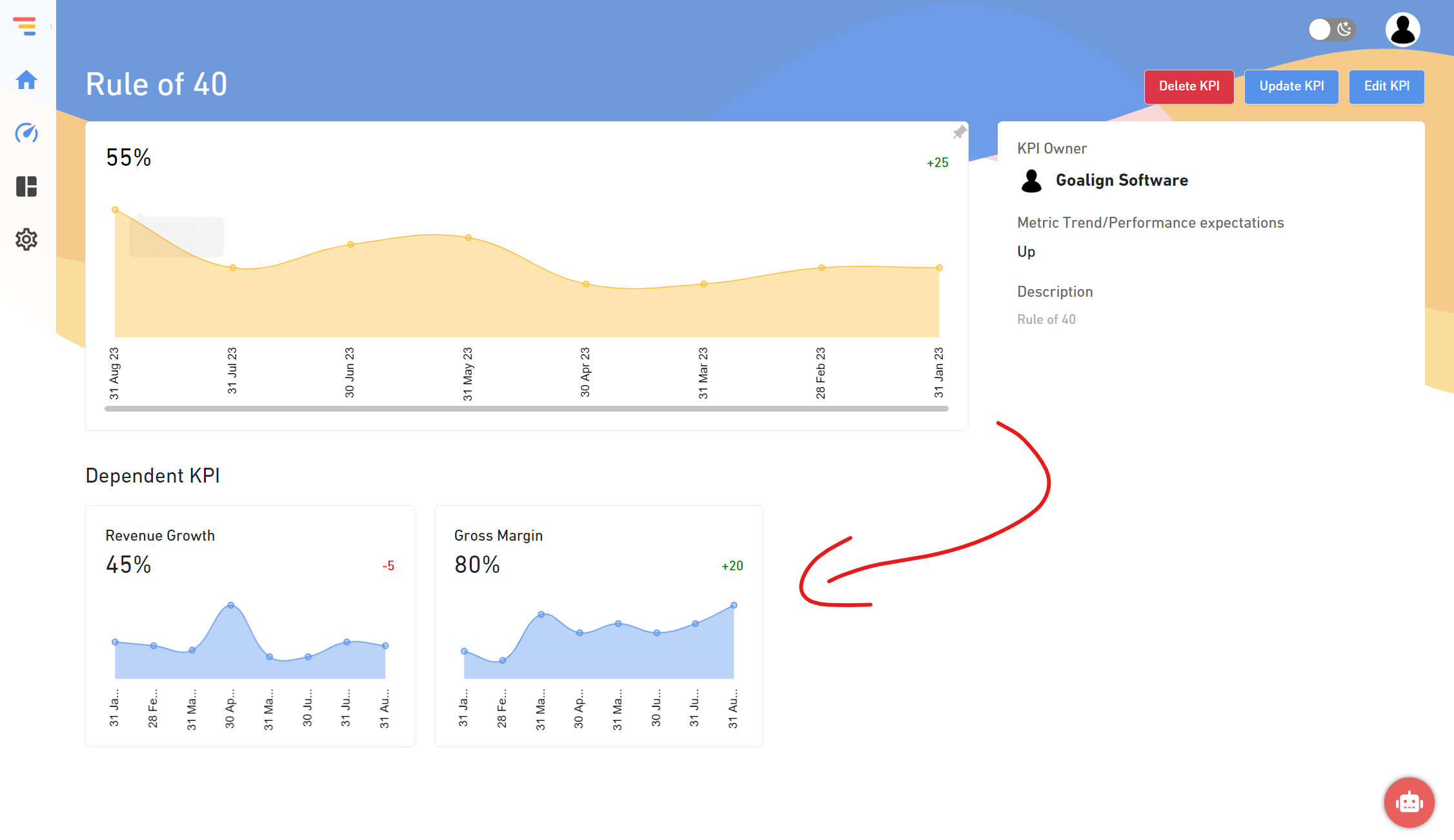Introduction to OKR Software:
The implementation of OKRs goes beyond just documenting goals. At its best, the framework allows whole firms to match day-to-day work with the company’s most critical aims and causes a cultural revolution. OKRs provide a transparent culture and the capacity to say no to activities and initiatives that do not advance the business.
What is an OKR Software?
First and foremost, let’s define OKR. Objectives and Key Results (OKR) is an abbreviation for Objectives and Key Results.
It is a management method that assists businesses in developing and implementing specific plans and goals over a given period. Following that, an assessment is carried out to determine the success rate in achieving those objectives. OKR essentially aids you in defining your goals, tracking your progress, and analyzing the outcomes.
An OKR program helps organizations establish and visualize goals, measure progress, communicate with team members, and get peer criticism. It’s all about showing, sharing, tracking, and evaluating objectives and outcomes. An OKR software solution provides a consolidated platform for tracking goal progress, roadblocks, and completion, allowing you to assess the organization’s overall productivity. In a nutshell, OKR software functions similarly to an online goal-tracking tool.
Why Do You Need an OKR Software?
There are several advantages to using OKR software. What exactly are they? Let’s have a peek, shall we?
A piece of OKR software:
- From the start, it provides clarity and direction in the goal-setting method.
- It combines qualitative and quantitative goals to ensure that your teams are always aligned with the company’s goals and objectives.
- Make everyone’s OKRs transparent and available to the organization and teams to increase transparency.
- Encourages teamwork and collaboration, resulting in a healthy and productive work environment.
- Encourages a spirit of experimentation.
- Manager productivity is increased by providing a birds-eye perspective of the team’s work and development.
- Maintains employee involvement, motivation, and performance by including everyone in the goal-setting process.
- It helps the team monitor and assesses their objectives and outcomes, allowing them to see how far they’ve come, which promotes discipline and a feeling of ownership.
The bottom line is that OKR software gives your company a clear direction and encourages everyone to contribute and focus on accomplishing the mission and generating value by meeting business objectives.
How does OKR software work?
The tremendous benefits that the OKR approach delivers to an organization might be hampered by manual OKR tracking. Goals should be top of mind and woven into daily tasks. This is readily performed when using OKR software since it provides a single central spot where all work is documented.
When manually tracking OKRs, recording target progress and compiling reports takes time and leaves the potential for mistakes. It also makes monitoring the horizontal and vertical alignment, or multi-alignment, of goals across teams almost challenging, and dependencies can be lost between the lines.
The significance of objectives cascading
When a corporation creates top-level OKRs to manage the organization over time, goals must be cascaded to various teams and people for these objectives to become a reality. Manual monitoring systems make it impossible to cascade objectives, and employees must track and manage their own goals in their areas. As a result, there is a lack of openness, essential to OKR success. When dreams and objectives change, they can be updated and re-aligned.
When goals are manually tracked, there is a lack of transparency and understanding. Updates are made on the fly, making it difficult for teams to see how their work coincides with that of other groups and to know where they are in terms of completing their goals and how broader business objectives are being fulfilled.
More competent practices beyond manual tracking are required to manage OKRs at scale and get the full advantages of agile. It’s vital to have a practical and straightforward approach to handle the corporate hierarchy, team structures, alignment, multi-alignment, and even dependencies.
The manual recording of OKRs creates a barrier between objectives and the tools and programs employees use regularly. It’s tough for contributors to hold themselves accountable when goals are outside the scope of teams or individuals. As a result, strategic concentration may be lost in the daily distractions of competing priorities, diverting attention away from the most critical job.
Why OKR spreadsheets aren't up to the task
Most businesses begin using OKRs with a proof-of-concept phase in which they strive to prove the benefit of Objectives and Key Results. They start by implementing the goal-setting framework in a small test group of one or more teams when they do this.
Because this is a limited sample with a bit of data to manage, spreadsheets appear to function just well at this level. The sheer number of data and documents being exchanged and updated on a weekly check-in frequency becomes an impossible procedure when it’s time to take the next step and roll out OKRs company-wide.
This might lead to erratic follow-up and a failure to keep track of developments. OKRs become an add-on to complicated workflows rather than the core of strategic focus and direction in this scenario.
OKRs are used to increase cross-functional cooperation, accountability, and alignment. They create another location for employees to review and update when maintained in various papers, rather than automating changes with the current tools.
Employees may fail to update these papers because they are kept distinct from processes, obscuring the “single source of truth” that OKRs are supposed to produce. Because employee goals are intertwined with the team and corporate objectives, a lack of transparency inhibits team members from recognizing where they are in achieving larger goals.
Managing OKRs is inefficient at all levels, including leadership, operations, and human resources. It takes time and effort to evaluate hundreds or even thousands of data lines to determine whether or not staff are up to speed on progress, which targets are on track, behind, or even at risk. It becomes more challenging to handle one-on-one coaching sessions between employees and their supervisors when there is no straightforward method to visualize progress and responsibility.
Conclusion:
You can accomplish many things using OKR tools and software as a project manager. It enables you to track and measure your progress toward your objectives. You’ll always know where you’re going with OKR software, and by investing in it, you’ll be assisting your organization in improving its performance and efficiency.
We hope that we have supplied you with a selection of OKR software that will assist your organization in reaching its full potential! All you have to do now is choose the one that best suits your company’s requirements, and you’re ready to begin!






